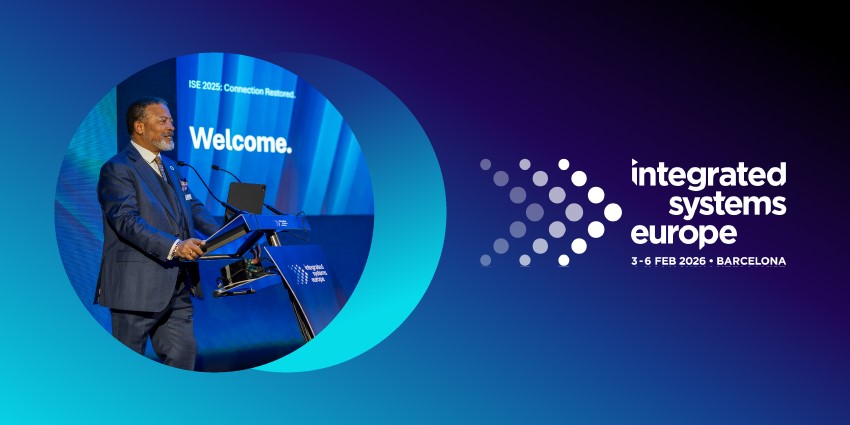In the hybrid workplace, endless meetings, chats, and notifications have become routine.
But beneath this constant connectivity lies a quieter threat: collaboration burnout.
It’s a form of digital fatigue that stems not just from too many video calls, but from the fragmented maze of tools employees must navigate to stay connected.
According to Vivek Kar, Head of Employee Interaction Suite at Tata Communications, meeting fatigue is only the surface issue.
The real challenge is how the complexity of unified communications (UC) systems affects focus, productivity, and morale.
“Collaboration burnout happens when employees constantly switch between tools, platforms, and devices just to get basic work done,” Kar says.
The Business Impact
According to the Future of Work: Hybrid Work Insights report by Omdia, 54% of organizations believe employee productivity has improved with the transition to more mobile and hybrid work styles, and 22% have metrics in place to quantify these gains.
While hybrid work offers opportunities for productivity, the complexity of navigating multiple collaboration tools can counteract those benefits.
Streamlining UC systems is critical to capturing the full potential of hybrid work while reducing employee fatigue.
When Connection Becomes Complexity
The modern enterprise runs on collaboration, yet the same tools designed to enable teamwork can slow it down. Employees juggle multiple logins, formats, and interfaces, creating what Kar calls “mental friction.”
“It’s not just about too many calls,” Kar notes. “Fragmented collaboration experiences make every task feel harder than it should.”
This friction also affects IT departments. Maintaining multiple communication platforms involves overlapping licenses, inconsistent security policies, and siloed data.
“IT ends up firefighting across systems while employees lose focus. It’s a hidden tax on productivity.”
Fragmented Tools, Fragmented Teams
Most organizations operate with a mix of platforms – Teams, Webex, Zoom, Slack, and others – each serving a specific purpose. But as Kar points out, these systems rarely integrate seamlessly.
“Enterprises may have access to multiple UC platforms, but core calling capabilities are often limited to one.”
“That forces people to switch between chat, video, file-sharing, and email apps, effectively becoming their own IT managers.”
Each switch interrupts workflow and adds cognitive load. Over time, these inefficiencies compound, leading to duplicated efforts, slower decision-making, and disengaged teams.
The Push for Simplicity
The challenge for organizations isn’t choosing a single collaboration tool – it’s making sure all of them work together. Analysts and vendors alike point to simplification and interoperability as the next big priorities in the UC space.
Kar believes progress will come through unified back-end management rather than enforcing a one-size-fits-all solution. Enterprises, he argues, need flexibility to integrate legacy infrastructure, regional systems, and preferred platforms under a cohesive framework.
“Most enterprises don’t start from a clean slate,” he says. “We focus on making existing systems interoperable instead of forcing a rip-and-replace approach.”
This kind of integration allows for centralized policy control, analytics, and governance – without disrupting how employees prefer to work. It’s a shift from uniformity to adaptability, aimed at reducing complexity without limiting choice.
The Human Impact
When collaboration feels seamless, the effects are immediate. Employees no longer spend mental energy figuring out which platform to use or troubleshooting connections. Instead, they can focus on the work itself.
“When employees feel equipped and empowered by their tools, they’re more productive and more likely to stay,” Kar adds.
The same principles apply to physical collaboration spaces. Intelligent meeting rooms, powered by automation and AI, are designed to remove the stress of setting up hybrid meetings – from connecting devices to managing audio and video.
“These just-work environments eliminate the anxiety of technology – meetings start instantly and run smoothly, which restores trust in the collaboration process.”
Looking Ahead
The future of collaboration, Kar suggests, will be defined not by the number of tools we use but by how invisible the technology becomes.
“The next phase is about tools that fade into the background,” he says. “AI will anticipate intent, optimize connectivity, and surface context in real time. The goal is to make collaboration feel natural, human, and boundaryless.”
As organizations refine their hybrid work strategies, one theme stands out: simplicity drives engagement. The more unified and intuitive the collaboration experience becomes, the more room employees have for creativity, connection, and meaningful work.







